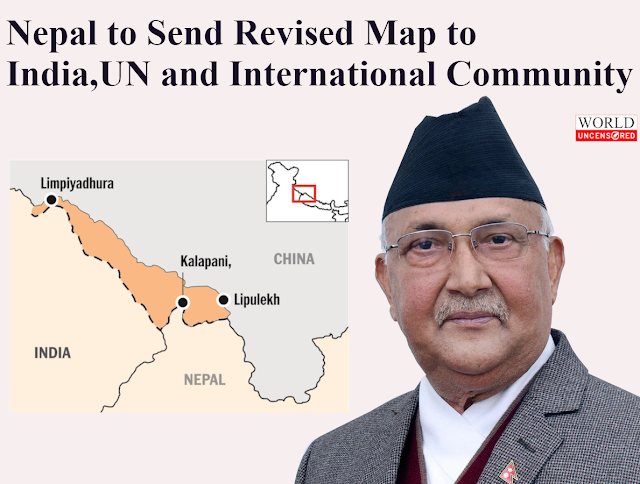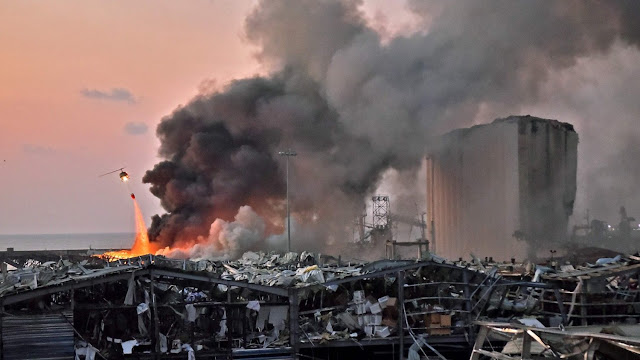Japan planning to be "Less Reliable" on China: The move is Self-Evident
It is well known that Japan is considered as one of the most advanced countries in the world, and China has a fascinating history and a well-developed economy. Relations between Japan and China have substantially improved in the wake of the China–United States trade war. But the worsening pandemic have turned the tables.
On March 5, the Japanese government announced that Chinese President Xi
Jinping’s much-anticipated visit to Japan would be postponed; which was hardly surprising.
Abe made the following statement at the 36th Council on Investments for the Future at the Prime Minister’s Office. “There are some concerns over the impacts of the decline in product supply from China to Japan on our supply chains. In light of that, as for those products with high added value and for which we are highly dependent on a single country, we intend to relocate the production bases to Japan. Regarding products that do not fall into this category, we aim to avoid relying on a single country and diversify production bases across a number of countries, including those of the Association of Southeast Asian Nations (ASEAN).”
Most Japanese companies will have understood the risks inherent in the
Chinese government’s actions during the coronavirus pandemic,
specifically the lack of guarantees for the rights of companies or their
workers.
Japan to pay it's firms to leave china:
Not all Japanese companies are getting ready to withdraw from China.
This is not about severing supply chains between Japan and China;
rather, it is a matter of production bases. In response to this situation, Abe has decided to pay a total of 57.4 billion yen ($536 million) for the first round — consisting of fifty-seven companies including privately-held facemask-maker Iris Ohyama Inc. or Sharp Corp.
 |
| Source: Ministry of Finance "Trade Statistics of Japan" |
Another 30 firms will receive money for investments in Vietnam, Myanmar, Thailand and other Southeast Asian nations, according to a separate announcement, which didn’t provide details on the amount of money.
While the METI statement doesn’t explicitly state the money is to move
production out of China, Prime Minister Shinzo Abe said in March that
Japan needed to bring production back home or diversify output to Asean
nations and elsewhere to cut reliance on any one country such as China.
Flip side of the decision:
Japan’s decision is similar to a Taiwanese policy in 2019, which was
aimed at bringing investment back home from China. So far, no other
country has enacted a concrete policy to encourage the shift.
Exports as a percentage of Japan’s GDP, or export dependency, is not high, but free trade is unmistakably the lifeline of the Japanese economy.
 |
| Credits: Nippon.com |
Early in the coronavirus outbreak, Japan experienced a severe challenge
in sourcing such items as masks, many of which come from China. With
this move, some U.S. observers have voiced approval for the measure, and
China has clearly taken note. Japan now has to clarify the intentions
of this policy; to secure the relationships with China.
Although some argue that the supply chain reform is a hasty decoupling
to unravel ties between Japan and China out of fear of COVID-19, in fact
“decoupling” is an impossible option. Efforts to stabilize production
by dispersing production bases cannot cut off global supply chains that
have been developed within the global economy.




Comments
Post a Comment